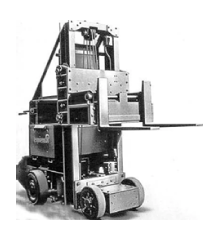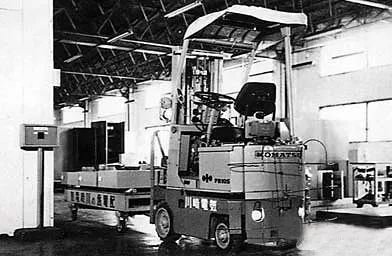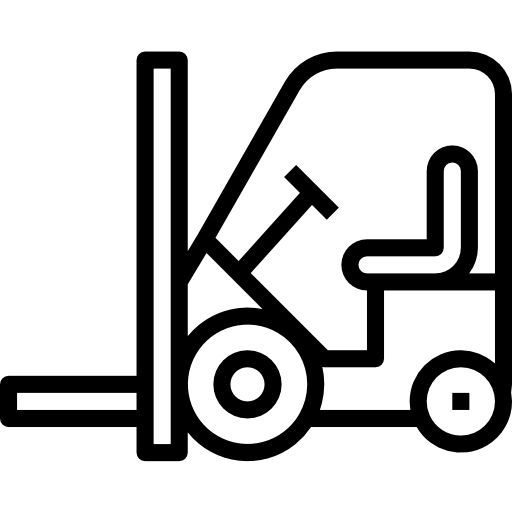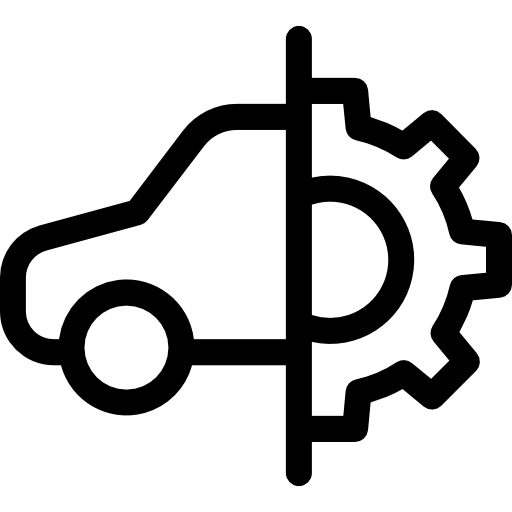Blog
Do you know the history of forklifts?
The creation of the forklift was one of the events that had a major impact on the world’s industrial and economic development in the twentieth century. In turn, economic downturns and prosperity have had a major impact on the development and production of new products and demand for forklift trucks. The beginning of the last century saw the creation of companies mushrooming, spurring the development of new working methods and the transport of products and materials. Since the first large-scale production associations appeared in the United States, the founders in the forklift field were Americans. Companies such as Clark, Towmotor, Hyster, Baker, and Yale, it has an influence in driving the formation of the ground transportation market today.
Technological innovation provides conditions for the upgrading of cargo transportation equipment.Hand carts and mobile platform loaders have been wildly used since the late 19th century. At the beginning of the twentieth century, devices with mechanical controls appeared. During the First World War, carts with electric motors and traction batteries were widely used due to a severe shortage of labour. It wasn’t immediately that the lift platform was moved to an electric traction system, which not only transports cargo, but also performs lifting operations. It was only at the end of the First World War that the designers of mechanical equipment saw the advantages of stacking over simply moving goods horizontally, which increased the productivity of warehouse operations, and thereafter created the “high lift” platform truck.
In the early 1920s, Ransomes & Rapier in England made something like an electric reach truck. In 1922, the German company Miag developed the world’s first “high lift” forklift, which was sold five years later as the predecessor of the German forklift. However, it is safe to say that Clark was a pioneer in forklift production. The real breakthrough came when a group of workers created the foundry of the American company Clark Equipment Co. In 1916-1917, machines for transporting sand and raw materials became the forerunners of industrial forklifts.

By the beginning of World War II, Clark had become a recognized market leader. The company produced at least 90 percent of all tractors and loaders (including forklifts) used by the U.S. military during the war. In 1942, the first electric forklift rolled off the assembly line. This technology is starting to appear in Europe. The first factory in Europe was built in 1952 in Mülheim, Germany.

In 1959, Japan’s TCM (Toyo Carrier Manufacturing Co., Ltd.) and Komatsu Corporation delivered the first batch of forklifts to Europe; Nissan’s forklifts began to be delivered in 1965, and Toyota’s began to be delivered in 1969. In general, it can be argued that the 1960s was the beginning of Europe’s “Asian forklift invasion”. At the same time, Japanese manufacturers have a presence in Western markets along with European, American, and, to some extent, Eastern European competitors. First, they offered products at lower prices than European manufacturers, who started out with lower quality lift trucks, but then reached the same level of competition as European lift trucks. In addition, Japanese forklifts entered the European and American markets with additional equipment as standard equipment, while reducing the market price by 35%. In the 1980s, European forklift factories launched a counter-offensive and tried to restrict imports of forklifts from Asia by increasing imports of forklifts to their continent and raising tariffs. Japan responded swiftly, first with Toyota establishing its own forklift production plant in Europe (Ansenyi, France), and soon other Japanese companies to follow: TCM (Bruges, Belgium), MItshubish (Almere, Netherlands), NISSAN (Pamplona, Spain), Komatsu (first in Leighton Buzzard, UK, then in Bari, Italy).





